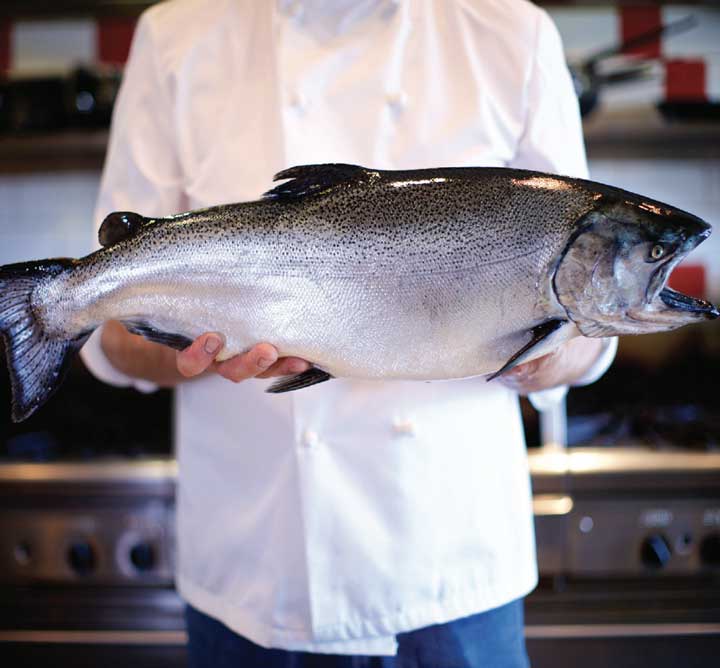While the BC salmon farming sector’s high standard of environmental responsibility has been recognized by multiple independent, global certification systems, BC salmon farmers regard their current achievements as a snapshot of their ongoing transition toward technologies, tools, and innovations to reduce their impact on the environment even further.
Two significant structural changes currently taking place in the BC salmon farming sector are stimulating the next phase in the sector’s ongoing transition to enhanced environmental performance:
- First Nations have stepped forward to assume leadership in guiding the sector’s future growth and development.
- Through its development of a new framework for sustainable salmon farming (Net Pen Transition Plan), DFO is expressing a strong and clear vision for the future of the sector.
Together, these critical changes have the potential to create a level of business certainty that will allow BC salmon farming to play an even greater role in the ongoing process of reconciliation in BC. It will also expand the sector’s capacity to contribute to the success of Canada’s Blue Economy Strategy by generating the magnitude of economic benefits, jobs, investment, and regional growth that will help to advance BC’s economy on a low-carbon, environmentally sustainable, climate-resilient, and competitive pathway.
To further the development of its Net Pen Transition Plan, DFO has released a Framework for Discussion document to guide engagement and consultation activities with the BC salmon farming sector, BC First Nations, and other stakeholders. The following sections present the sector’s reflections and recommendations regarding the Framework for Discussion document.








